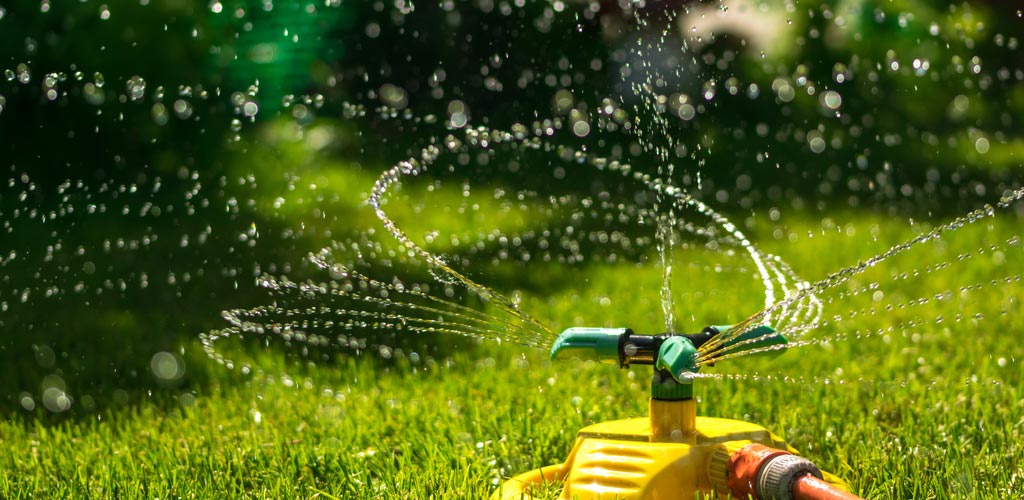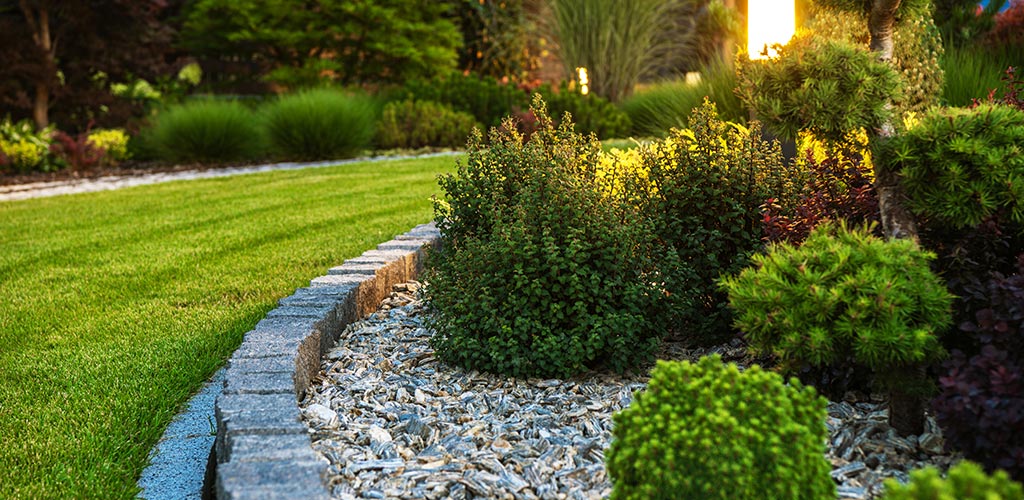Summer heat can be tough on your lawn, but with the right watering techniques, you can keep it lush and green all season long. In this post, we’ll cover everything you need to know about watering your lawn during the summer, including how much is enough, how to avoid overwatering or underwatering, and how to recognize the signs of a lawn in need of more or less water.
How Much Water Does Your Lawn Need?
The general rule of thumb for watering lawns is to aim for about 1 to 1.5 inches of water per week. This includes both rainfall and irrigation. To ensure your lawn is getting the right amount, use a rain gauge or a simple container like a tin can to measure the water applied during each watering session.
Watering Frequency
It’s better to water your lawn deeply and infrequently rather than lightly and frequently. Deep watering encourages roots to grow deeper into the soil, making your lawn more drought-resistant. Aim to water your lawn two to three times a week, depending on the temperature and soil type.
Early Morning Watering
The best time to water your lawn is early in the morning, typically between 4 AM and 10 AM. This allows the water to soak into the soil before the heat of the day causes evaporation. Watering in the evening can lead to prolonged moisture on the grass, increasing the risk of disease.
Signs of Underwatering
A lawn that isn’t receiving enough water will show several signs:
- Brown Patches: Grass will start to turn brown and become crispy.
- Footprints: If you walk across your lawn and your footprints don’t disappear quickly, it’s a sign that the grass blades are low on moisture.
- Wilting: The grass will begin to wilt and lose its vibrant green color.
Signs of Overwatering
Too much water can be just as harmful as too little. Look out for these signs of overwatering:
- Mushrooms and Fungi: Excess moisture can lead to fungal growth and mushroom development.
- Yellowing Grass: Overwatered grass may turn yellow and become spongy.
- Runoff: If water starts to pool or run off the lawn, you’re likely watering too much at once.
Tips for Efficient Lawn Watering
- Soil Type: Sandy soils drain faster and may require more frequent watering, while clay soils retain moisture longer.
- Lawn Condition: A well-maintained lawn with healthy soil will need less water than a neglected one.
- Mulching: Adding mulch around trees and garden beds helps retain moisture and reduces the need for frequent watering.
Proper watering is crucial for maintaining a healthy lawn during the summer heat. By understanding how much water your lawn needs, recognizing the signs of overwatering and underwatering, and using efficient watering practices, you can keep your lawn green and thriving all summer long. By following these guidelines, you’ll not only save water but also enjoy a beautiful, healthy lawn all summer long. Happy watering!



